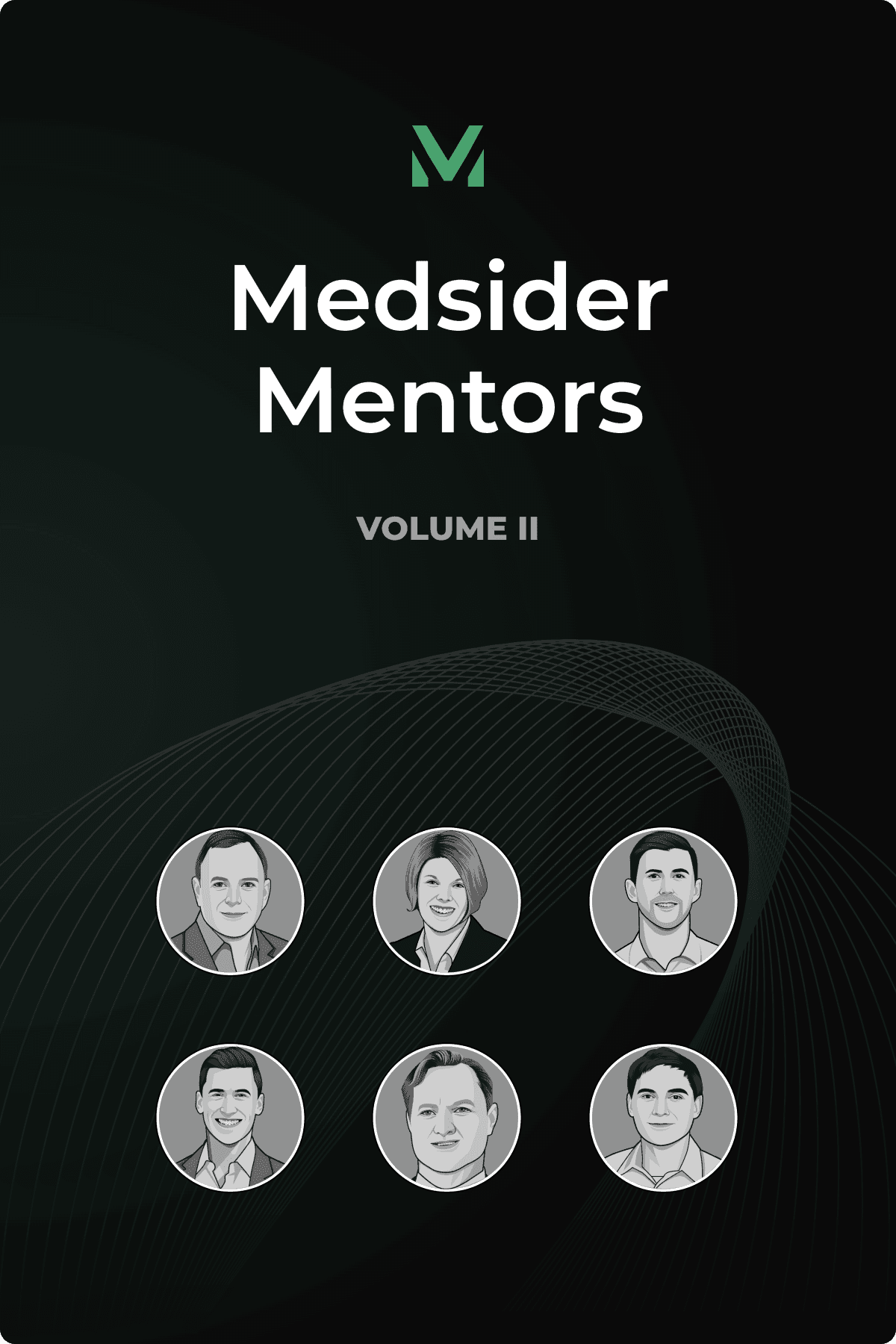An Unorthodox Path to Medical Device Success
Interview with Cresilon CEO Joe Landolina

Innovation is second nature to Joe Landolina. As someone who grew up in an environment that fostered curiosity and learning, with a grandfather who ran a chemistry lab, it’s no surprise that Joe invented the technology of Cresilon’s flagship product Vetigel at the youthful age of 17.
Concerned about lab safety, Joe's parents encouraged him to pursue a formal research education. As a result, he had the unique opportunity to spend a summer learning about tissue engineering at Columbia University as a high school student, understanding how to use plant-based skills to differentiate stem cells into a target tissue.
As an incoming freshman at NYU's School of Engineering, Joe discovered a unique material derived from algae that could instantly reassemble, adhere to the skin, and stay put until removed. This led to his novel idea: what if this material could be injected into an active trauma site, such as a bullet wound, to stop the bleeding and stabilize the patient until they could reach a higher level of care?
While Joe would go on to refine the technology and its application beyond his initial idea, this discovery was the genesis of Vetigel and the foundation for Cresilon.
Today, Cresilon is a testament to Joe's enduring curiosity and drive for discovery. In its simplest form, the company’s flagship product, Vetigel, can stop even the most severe, pulsating arterial bleeding within seconds by creating an immediate mechanical barrier.
Vetigel creates a near-perfect mechanical sealant, but its true uniqueness lies in its ability to allow the patient to form their own fibrin patch underneath the gel. This means that once the gel is removed, the injury underneath heals naturally, with partially rebuilt vascular structures.
At present, Joe and his team are exploring the potential applications of this groundbreaking technology, pushing the boundaries of what's possible in the field of trauma care.
Key Learnings From Joe’s Experience
Having a solid strategy is key when exploring unorthodox approaches in the medtech industry. You need to reassess the market needs and your next steps continuously, stay vigilant to seize opportunities, and be flexible to pivot when necessary.
The FDA regulatory process isn’t always straightforward, and can sometimes seem like a black box. For that reason, make sure you nail the fundamentals before getting too creative and surround yourself with an experienced regulatory team to de-risk every step along your journey.
Be cognizant of communicating your company’s narrative in a clear, succinct fashion. To do that, decide what your ultimate mission will be and simplify the complex jargon to help your audience understand your product and the value it brings. This approach attracts not only customers, but also potential investors and partners.
You May Like These Articles
Medsider Premium
Become a premium member and unlock access to exclusive Medsider benefits.



